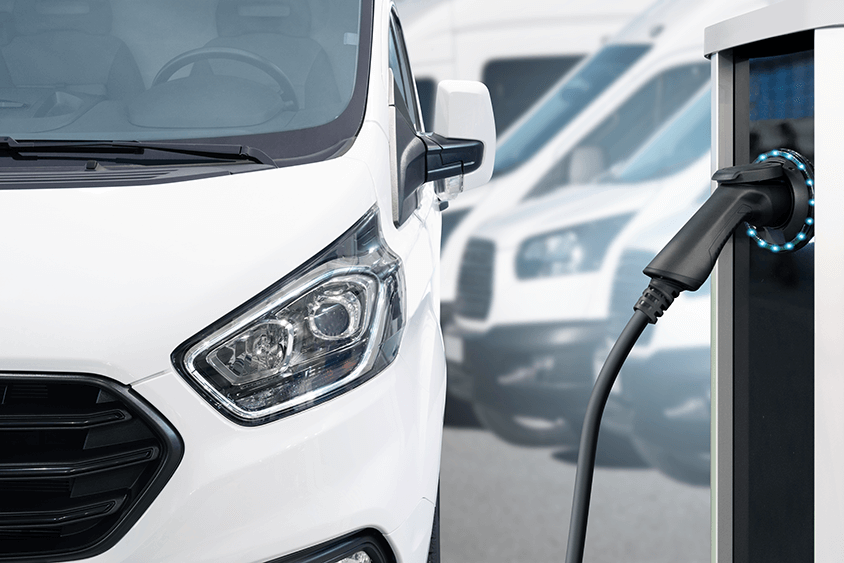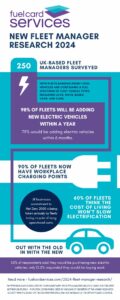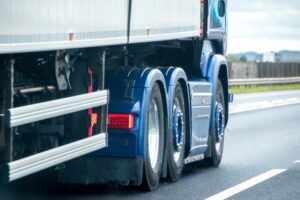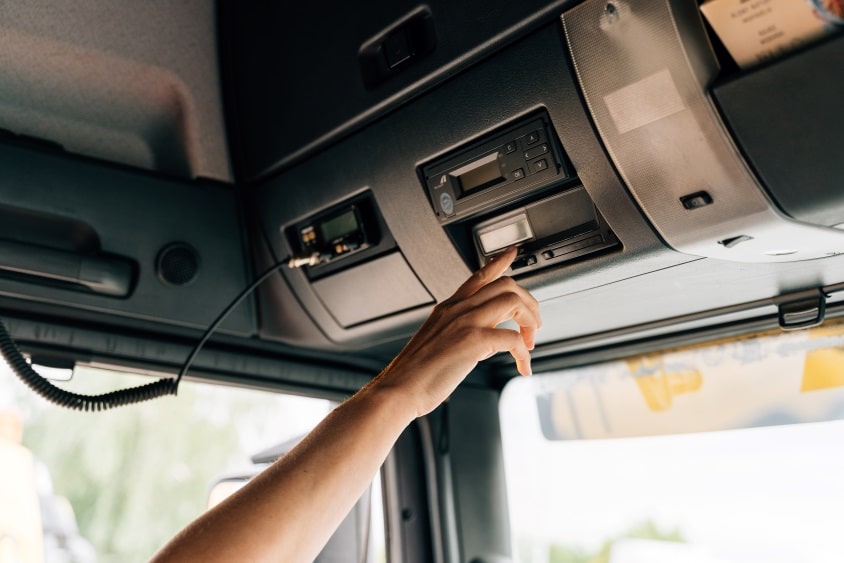AI capability has seen dramatic growth in the last year, and it shows no sign of slowing down. With generative AI such as GPT-4 and Google’s Gemini Ultra hitting the market, and many major software companies integrating AI directly into their products, what does this mean for fleets?
While we can expect to see AI advancements develop the way fleet technologies work, the use of AI in vital solutions such as telematics and route tracking is actually nothing new. In fact, AI functionality has been integral to fleet software packages for years. That said, we might see the role of AI ramp up amidst all the hype and newer technologies.
That’s why we’ve put together this article to help you, as a fleet operator or professional, understand how AI works to support fleet management solutions.
Artificial Intelligence vs Machine Learning
When it comes to fleet software and the application of AI within it, it is important to understand exactly what type of AI is at play. ‘Artificial intelligence’ is an umbrella term for the algorithms, strategies and techniques used to increase the human-like intelligence of machines. ‘Machine learning’, however, is a branch of AI and is the type of AI we see most often in fleet solutions today.
Machine learning is suited to applications that require adaptive solution generation for complex tasks. The goal of machine learning is to use human-like problem-solving to generate solutions at a rate faster than a human could. This streamlines processes so that businesses can save time on tedious tasks that can be handled quickly by machine-learning AI.
How AI Impacts Fleet Data Analysis
Data analysis is key to fleet optimisation and historically this data would have been collected and analysed manually to identify patterns, anomalies and pain points. Time-consuming and costly, manual data analysis is also subject to increased human error, so the implementation of AI data analysis and automation was a welcome addition (and natural progression) for fleet solutions.
The most prevalent piece of fleet technology in recent years has been telematics systems, and AI data analysis is vital in helping facilitate route tracking and driver behaviour to fuel usage and maintenance scheduling. For almost all aspects of fleet telematics and solutions, AI can be utilised to reduce error and identify patterns quicker and to a higher level of accuracy and detail than can be achieved manually.
For route tracking and optimisation, this might look like traffic and weather analysis, and rerouting to minimise idling time and fuel-intensive routes. Adding driver ID to this system means that AI-enhanced systems can also analyse driver behaviour to ensure vehicle usage is optimal, and optimised routes are adhered to on a driver-to-driver basis.
Predictive Maintenance with AI
Maintenance is always of the utmost importance for managing a safe and efficient fleet, but the larger the fleet, the harder it becomes to ensure that all vehicles are maintained and serviced and suitable intervals. The integration of AI into maintenance and servicing tools like MyService.Expert means that fleet managers don’t have to grapple with a vast number of vehicle servicing schedules, which is particularly useful for larger fleets with a variety of vehicle types. These tools can assist with the scheduling and booking of fleet servicing and maintenance appointments.
Additionally, the use of AI for predictive maintenance means that fleet solutions can flag vehicles at risk of breakdown or incident. For example, utilising vehicles sensors and analysing driving behaviours such as harsh breaking can flag to an AI system that brake pads and discs are wearing at a faster rate than average and identify the vehicle is in need of servicing before damage escalates. This preventative rather than reactive approach not only reduces the risk of a road incident but also means less downtime for a vehicle that has become damaged to the point of being unsafe for use – saving time and money for businesses.
Driver Monitoring with AI
Driver monitoring has been a point of contention in the past, with some drivers apprehensive about surveillance in vehicles. Despite this, driver monitoring and tracking is now essential for many fleets that want to optimise driver capability, amplify safety, and demonstrate dedication to both in line with industry standards and expectations. AI only serves to improve the quality of this behaviour monitoring, and the insights it provides should also help to provide drivers with a smoother and more painless experience on the vehicle management front.
In some driver monitoring systems, AI can be used to track driver behaviour in the cabin including drowsiness or aggressive behaviour. As driver behaviour can have serious implications for safety and for business reputation, tracking this activity can help both in the immediate by flagging when drivers need to rest, for example, or by identifying drivers who could benefit from intervention and/or training.
For long-haul drivers, this technology can be massively beneficial. Drowsiness is a significant risk for long-haul drivers and puts both them and others on the road at risk. Utilising driver monitoring AI and facial tracking can help to ensure that drivers rest when necessary and in line with driving hour regulations.
Evolution of Fleet AI
While machine learning is not new in the sphere of fleet solutions, it’s evident that significant developments are being made and its application in fleet software and devices will continue to evolve. For fleet managers, there is a great opportunity to tap into developing software and utilise AI in all its forms to streamline fleet operations, improve safety, and reduce administrative burden.
Fleet Solutions from Fuel Card Services
Leading fleet solutions already tap into the great benefits of AI and machine learning to support streamlined fleet management, and when building a personalised suite of fleet tools, the potential is vast.
Tele-Gence is an intelligent and customisable fleet telematics system that you can shape around your fleet requirements. When combined with smart tools like MileageCount and Fleet Check for mileage tracking and fleet management you can tap into a uniquely intelligent fleet suite that saves you time and money.
If you’d like to learn more about the fleet solutions available through Fuel Card Services or are interested in finding out more about how machine learning works in these tools, get in touch with our experts today.











